Iodine deficiency is becoming a silent epidemic. An estimated 68% of the population, or 5 billion people, are deficient in this important micronutrient.
By combining data from global dietary databases and statistical models, researchers at the Harvard TH Chan School of Public Health , the University of California, Santa Barbara (UCSB), and the Global Alliance for Improved Nutrition (GAIN) created a “global nutrient map” that estimates micronutrient levels in the diets of 99.3% of the world’s population in more than 185 countries.
Results published in The Lancet Global Health journal in late August showed that at the top of the list of substances that are not adequately absorbed are iodine (68% of the global population), vitamin E (67%) and calcium (66%).
Vietnam is among the 26 countries with high iodine deficiency in the world , especially in priority groups such as pregnant women, women of reproductive age, and school-age children.
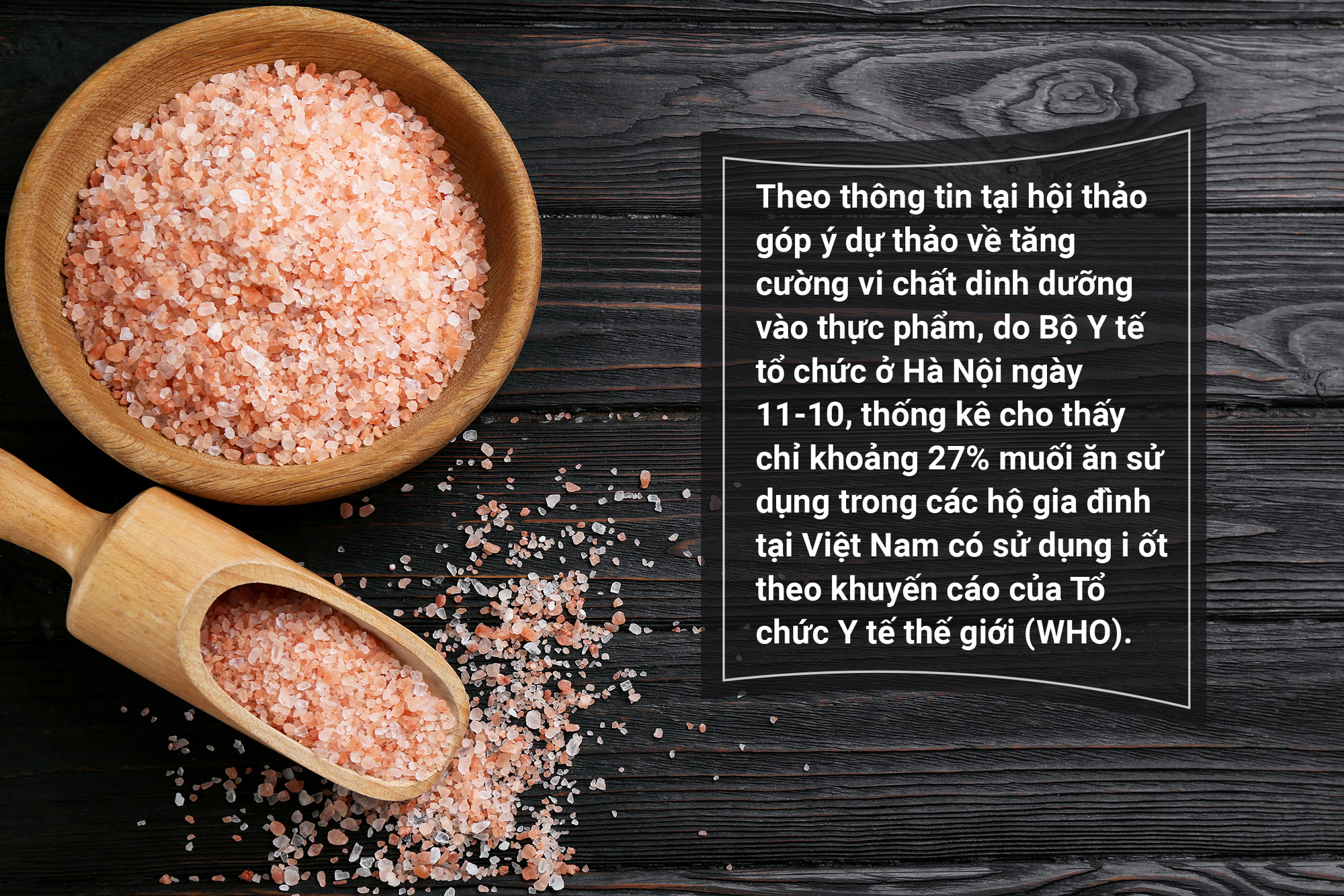

Ioeides is Greek for violet. Iodine was discovered by accident in 1811 by a French chemist. While processing seaweed ash to make gunpowder, he noticed a purple vapor, which he later identified as iodine.
A Swiss physician successfully used iodine beads to reduce the size of goiters in patients, and the link between iodine deficiency and goiter was subsequently demonstrated.
In the early 20th century, parts of the northern United States were known as the "goiter belt" because of widespread iodine deficiency, with the state of Michigan at the epicenter of this crisis.
Inspired by the Swiss, a team of experts at the University of Michigan proposed adding iodine to salt. Iodized salt was first sold in Michigan in May 1924 and nationwide by the end of that year.
Within 10 years, the rate of goiters in Michigan dropped from about 30 percent to less than 2 percent. Iodized salt became a part of the American diet.
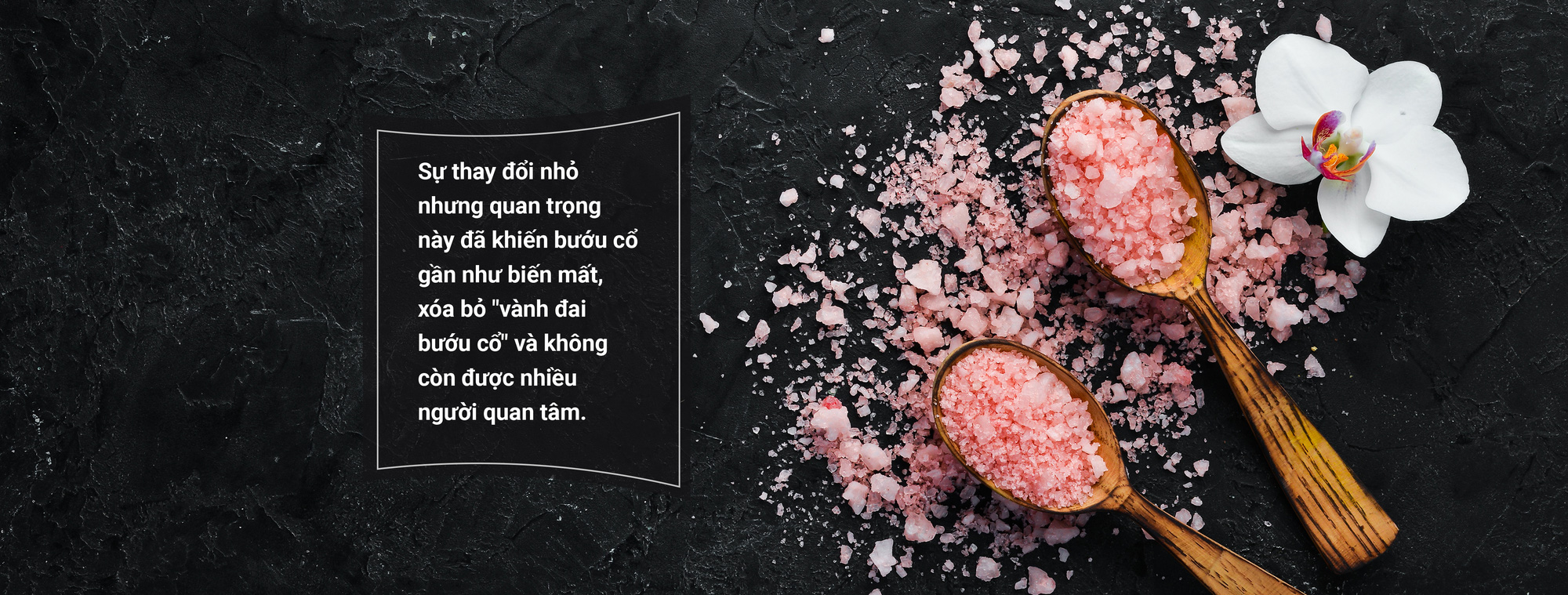
However, after exactly a century, iodine deficiency has "reappeared" not only in the US, with the risk of seriously affecting human health.
A 2021 study found that about a quarter of pregnant women in the US and about half of non-pregnant women have iodine levels below recommended levels.

Iodized salt was introduced 100 years ago and has successfully prevented goiter. Why is iodine deficiency "silently" returning?
Iodine is a trace element found in some foods (milk, seafood, meat, etc.) or added to some salts or as a food supplement.
The current iodine deficiency is mainly due to changes in human food consumption habits.
Dietary iodine intake is reflected by measuring iodine in the urine (urine iodine) because more than 90% of iodine is excreted in the urine.
The mean urinary iodine concentration is 100 - 199 mcg/L in children and adults, 150 - 249 mcg/L in pregnant women, and >100 mcg/L in lactating women, indicating adequate iodine intake.
For example, in the US, in 1970, the average urinary iodine concentration was > 300 mcg/L, by 1990 it had decreased by more than half, and a study published in 2022 showed that urinary iodine in adults was only 116 mcg/L.
Where does this decline come from when food sources are increasingly diverse and plentiful and most Americans consume more sodium from salt than they need?
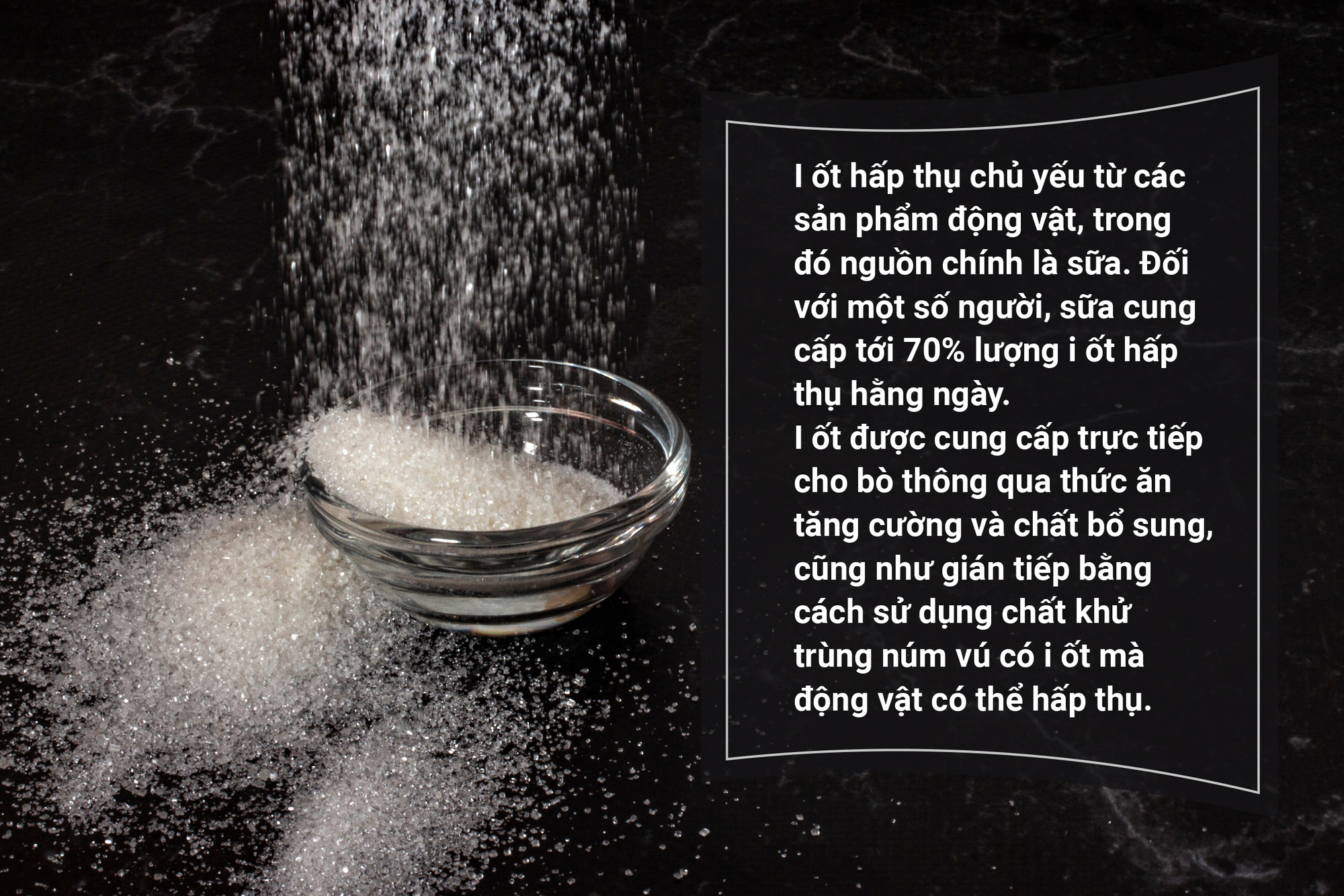
Iodine is actively pumped into milk by the mammary tissue because it is required by the developing calf for the synthesis of thyroid hormones.
In fact, many people are switching to plant-based diets these days, and milk alternatives, such as oat milk and soy milk, are becoming increasingly popular.
A 2022 study published in The British Journal of Nutrition (BJN) found that less than a third of milk alternatives were fortified with iodine.
Notably, a study published in Scientific Reports in January 2024 discovered the risk of iodine deficiency from dietary changes, through shopping data at a shopping mall in the UK.
Researchers analyzed more than 10,000 consumers who regularly replaced animal milk with plant-based milk and used product nutritional information to estimate weekly nutrient intake before and after the switch.
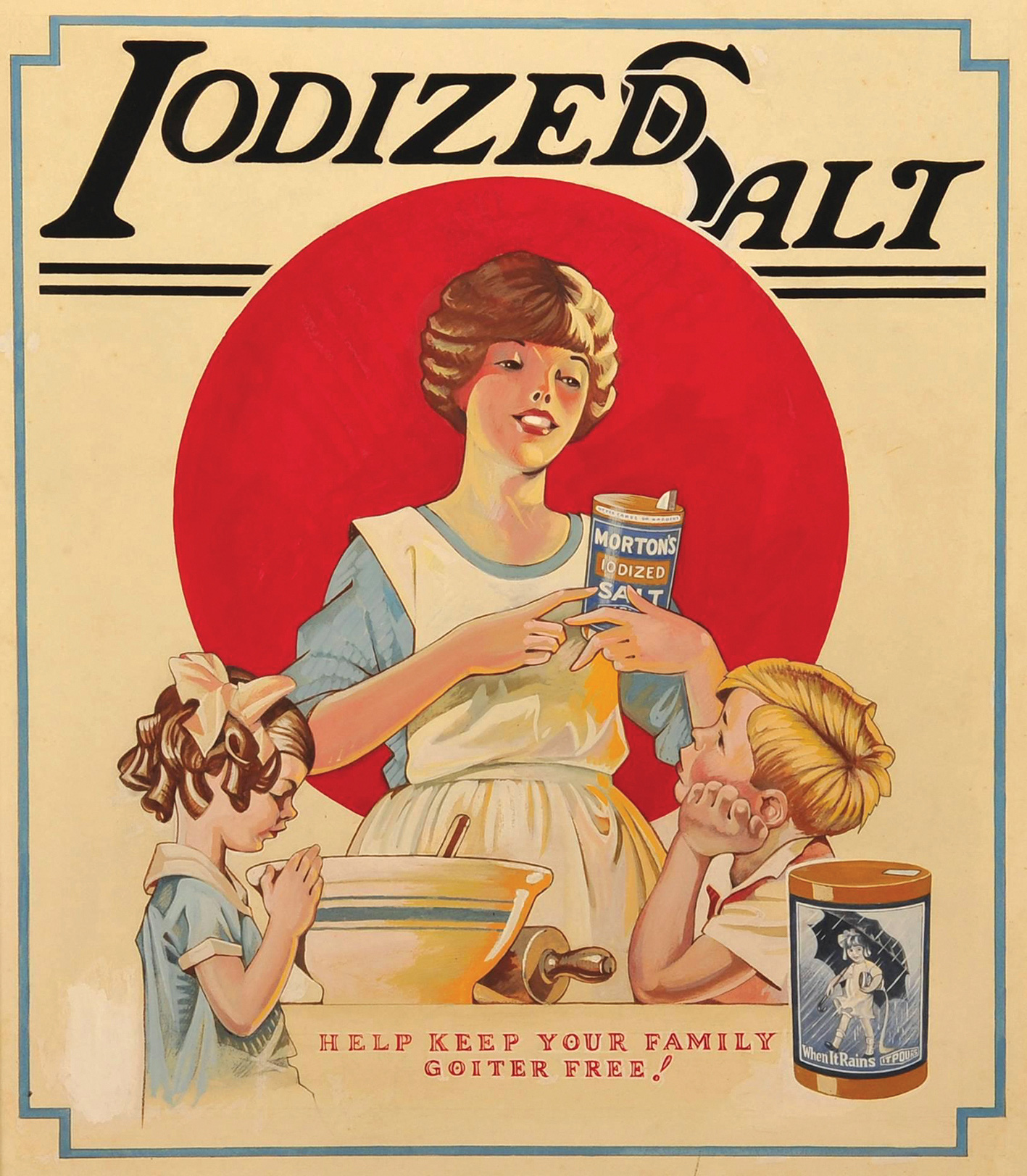
"Iodized salt keeps families from getting goiter." Poster in the US in the 1950s. Photo: Museum of Modern Art (MoMA)
Results showed that 83% of those who switched to alternative milks had reduced intakes of iodine (44%), calcium (30%) and vitamin B12 (39%), with 57% reducing their iodine purchases.
This is because many plant milk manufacturers do not fortify their products with iodine. Eight of the 10 best-selling plant milks in the study were not fortified with iodine.
Additionally, although cow's milk products contain iodine, the amount varies depending on whether the cows are given iodine supplements in their feed and whether the disinfectant Iodophor is used to clean the cows and milk processing equipment.
Variations in iodine content in meat and animal products also depend on the amount of iodine present in their diets, such as fruits and vegetables, which are influenced by soil iodine levels, fertilizer use and irrigation practices.
For example, climate change increases temperatures, ice melt, and floods alter the geographical distribution of iodine: iodine deposits are mainly found in coastal areas and many areas have very low iodine content in the soil.

Trendy salt alternatives like sea salt or Himalayan pink salt... are not iodized.
Importantly, the salt used in processed foods—which accounts for a large and growing share of Americans' salt intake—is also iodine-free.
Using iodized salt is an effective, inexpensive, and stable way to ensure adequate iodine intake.
However, the stability of iodine in salt can depend on various environmental and storage conditions.
Therefore, in some areas where iodine supplementation of salt is not feasible, iodine supplementation of other common foods (bread, cheese, butter, etc.) or through oral or intramuscular iodine products may be an option.
Of course, the dosage of supplements should be advised by a doctor, especially in groups at high risk of deficiency. This will help avoid the serious consequences of iodine deficiency for future generations.

PHAM HANG
Source: https://tuoitre.vn/thieu-i-ot-hiem-nguy-am-tham-tro-lai-20241214115121626.htm





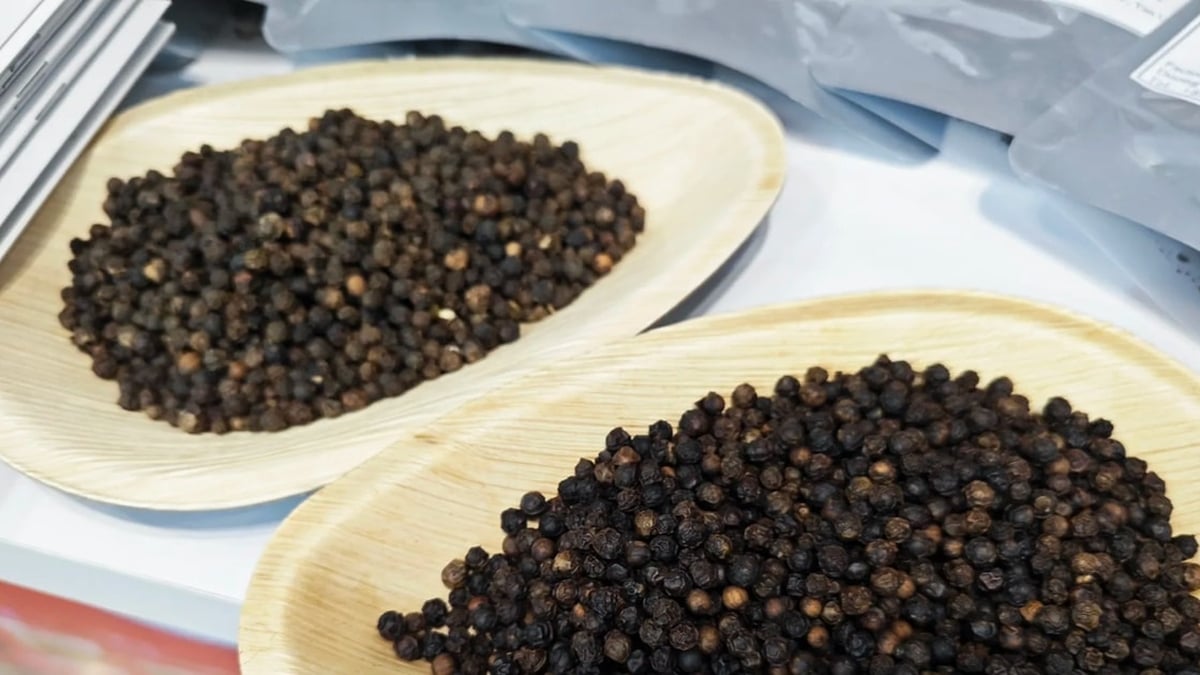


















































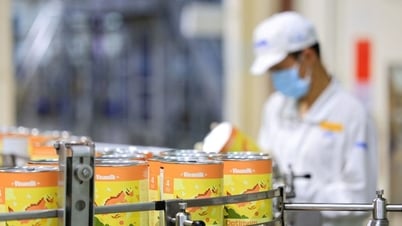










































Comment (0)